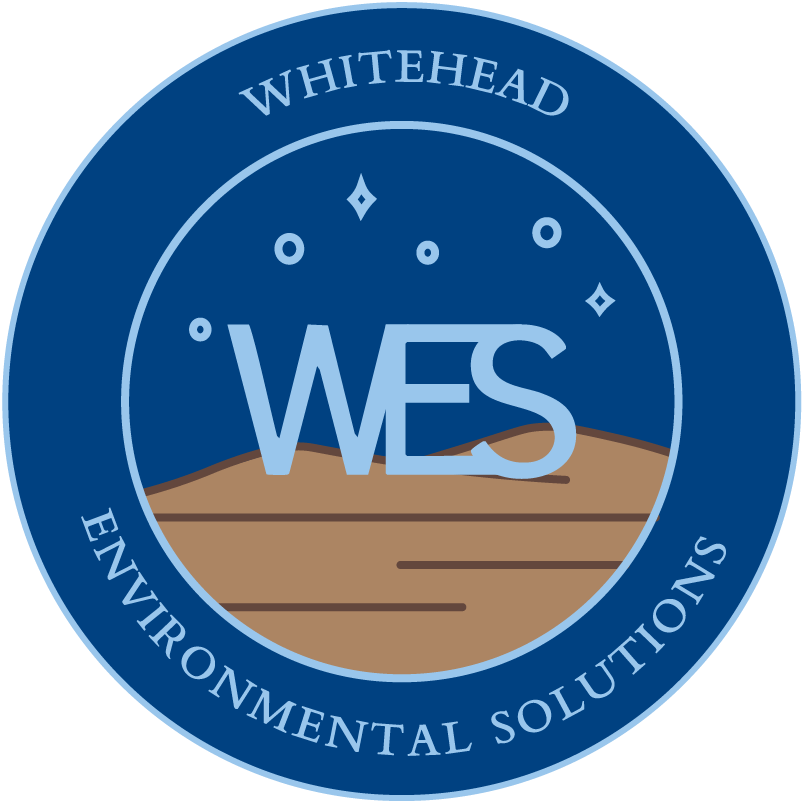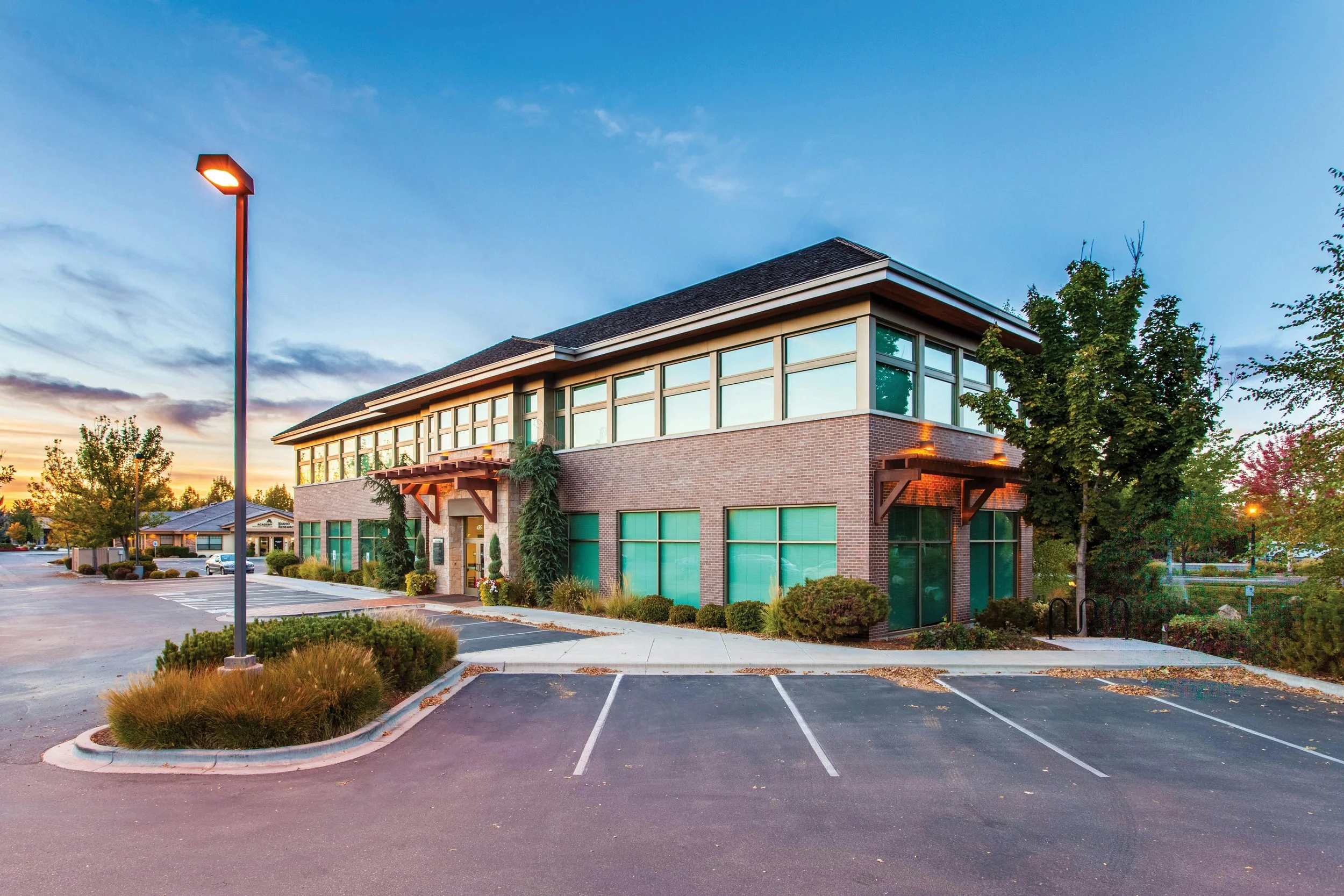PHASE 1 ENVIRONMENTAL SITE ASSESSMENT
What is a Phase 1 ESA?
A Phase 1 ESA determines whether a property’s current or historical use has contaminated the soil or groundwater in a way that would damage the environment or create a health risk. These issues influence property values and impact an owner’s liability. If you’re buying or selling commercial real estate, you need a Phase 1 Environmental Site Assessment as part of the transaction — so take this step seriously.
Click below to jump to a topic:
Why do I need a Phase 1 ESA?
Holiday Inn says, “The Best Surprise is No Surprise.” Fram says, “Pay Me Now or Pay Me Later.” And we say, “You Buy the Land, You Buy the Environmental.”
That’s why lenders typically require environmental due diligence in the form of a Phase I Environmental Site Assessment (ESA) and why you should consider a Phase I ESA even on cash deals. In some cases (low risk properties), a lesser scope of work such as an environmental review may be sufficient.
A Phase I ESA is a great, low-cost tool to evaluate the environmental condition of a property. It can protect you from buying a contaminated property or at least let you know a potential problem exists that could reduce the property’s value. As the new owner, any future discovery of contamination will be your problem and not the previous owner’s.
You’re assuming the land is clean, but if you discover contamination after purchase, the environmental tasks/costs for assessment, remediation and regulatory closure are likely your responsibility.
What is included in a Phase 1 ESA?
Inspection of site and surrounding properties
Review of soil, geology, and topography
Review of relevant state and regulatory database files and records
Historical information such as fire insurance maps and aerial photographs
Interviews with key persons
Development of a report
The scope of work is outlined under the guidelines of ASTM 1527E-13 and follows the rules of U. S. Environmental Protection Agency (EPA) All Appropriate Inquiry (AAI).
What is not included in a Phase 1 ESA?
Inspection for asbestos
Inspection for lead-based paint (LBP)
Wetlands inspection
Environmental compliance issues such as storm water
Sampling of soil, groundwater, or soil gas
These task items can be included upon request and, if specifically requested, these should be included in a contract or work order.
How long does a Phase 1 ESA take?
Our Phase I ESAs are conducted by experienced professionals and reviewed by senior staff on a standard turn-around time of two weeks.
Whitehead E.S. Based on our experience with numerous Phase I ESAs, a key issue is defining what is or is not a Recognized Environmental Condition (REC) and/or Vapor Encroachment Condition (VEC).
If a REC and/or VEC is identified, the environmental professional will need to determine if further file review and/or sampling (e. g., Phase II Investigation) is needed to complete the assessment.
In the case of a VEC, the sampling may be limited to soil gas and in some cases indoor air.
Why choose Whitehead E.S. for your Phase 1 ESA?
When it comes to something as important as your Phase I ESA, look to Whitehead E. S. for senior-level expertise and decades of experience in environmental due diligence of real estate and industrial properties.
Experienced, skilled, knowledgeable – and fast. These are the qualities you’re seeking in an environmental consulting firm for Phase I ESA’s.
Our Phase I ESA’s are performed in accordance with ASTM 1527-13 guidelines and U. S. Environmental Protection Agency (EPA) All Appropriate Inquiry (AAI) regulations.
Get started today:
When should I get a Phase 1 ESA?
If my lender doesn’t require it, should I still consider a Phase 1 Assessment?
A Phase I ESA is a good idea on cash deals or the lender doesn’t require it. When you buy a property you also buy the environmental liabilities. The ESA ensures that you’re not getting unseen environmental problems that cost money and time and ultimately reduce the future value of your property. Remember, the buyer today is often the seller tomorrow!
For moderate to high risk properties, the Phase I ESA is a great idea. For low risk properties (rural and undeveloped suburban properties), a Phase I ESA may not be needed. If uncertain, please call us to discuss.
Should I get a Phase 1 ESA even on a cash deal?
Based on our experience of over 25 years with real estate in urban areas throughout Texas, we recommend a Phase 1 ESA even on cash deals. The ESA is a great tool to evaluate property value because it may identify potential environmental concerns that should be further assessed with either additional file review and/or a Phase II Investigation. It is better to know now when you have recourse with the seller than later when you alone will be left “holding the bag.”
In our experience, most buyers will be sellers at some point in the future and will need to prove to the next buyer and lender that their property is not contaminated.
Common environmental problems identified in the Phase I ESA that are defined as Recognized Environmental Conditions (RECs) and/or Vapor Encroachment Conditions (VECs) include on-Site and off-Site dry cleaners, underground or aboveground storage tanks (USTs or ASTs), drums of chemicals/wastes, hydraulic lifts, landfills, waste piles, dark-stained soil, etc.
In our experience, the most common “red flag” properties are historical and/or current service stations, dry cleaners using tetrachloroethene or “perc”, and industrial facilities.
In some cases but not always, the site may be listed with a state regulatory agency such as the Texas Commission on Environmental Quality (TCEQ) as Leaking Petroleum Storage Tank (LPST), Voluntary Cleanup Program (VCP), Corrective Action (CA) case or hazardous waste generator.
I’m the seller… Should I order an assessment before putting my property on the market?
Yes, because the sooner you know your property’s environmental problems, the sooner you can minimize or fix them. Resolving environmental issues prior to buyers looking at your property may help avoid delays when the property is under contract and ultimately having the prospective buyer walk away or requesting a price reduction. If these issues are worked out prior to selling, the better the deal goes. Lastly, many buyers have access to an environmental consultant and consultants can vary significantly in their evaluations. Any unknowns or suspected contamination will probably be used by the buyer as a bargaining tool. The fewer the unknowns, the quicker the negotiation and the quicker the sale.
We did a Phase I ESA a couple of years ago; do I need another Phase I ESA now?
Yes, selected ESA components (e.g., review of government records and visual inspections) must be updated within 180 days, while overall the ESA report may be valid for up to 12 months. A key question is whether potential environmental activities are on-going (e.g., dry cleaner) since the last inspection.
What options are available for less expensive and/or low environmental risk properties?
Your lender may allow a lesser scope such as a regulatory database search or a Transaction Screen (former ASTM scope item that does not meet the requirements of EPA’s All Appropriate Inquiry [AAI], nor provides protection from CERCLA or Superfund liability). In most cases the Superfund liability issue is remote.
Don’t leave your investment to chance —
Partner with Whitehead E.S. to make deals and stay in compliance.
What happens after a Phase 1 ESA?
How do I know if there is a problem at my property?
The code word in an ESA for potential environmental problems is “Recognized Environmental Conditions” or REC. The REC indicates that additional file review and/or sampling (e. g., Phase II Investigation) may be needed to determine if there is or is not an environmental problem at your property.
I have a Recognized Environmental Condition (REC), what do I do?
The REC indicates a potential environmental issue that needs further assessment. In some cases, additional files from the state or EPA may be sufficient but in other cases sampling is needed. As a note, the lower your risk tolerance, the bigger the scope of work for Phase II sampling.
If contamination is identified in the Phase 1 ESA, can I still do the deal?
Well, it depends. In some cases, contaminated properties are excellent deals, especially if the environmental issues can be addressed at a reasonable cost and time frame. In most cases, the purchase may be delayed until the lender is satisfied that the environmental issue is resolved. In Texas, lenders usually request a “No Further Action” letter or Certificate of Completion from the Texas Commission on Environmental Quality (TCEQ). In other cases, the lender may only require a letter from the consultant, application to the appropriate TCEQ program, and sufficient money in escrow to resolve the environmental matter at a later time. The escrow option is used in these cases because closure and issuance of the No Further Action letter takes time.
The State of Texas has some excellent program to deal with contaminated properties. These programs include:
Innocent Owner/Operator Program (IOP) – contamination from off-Site neighbor
Voluntary Cleanup Program (VCP) – contamination from on-Site source(s)
Dry Cleaner Remediation Program (DCRP) – State lead program for dry cleaners and properties with dry cleaners (strip centers and shopping centers)
Leaking Petroleum Storage Tank (LPST) program – sites with underground and above-ground tanks containing fuel
Municipal Setting Designations (MSD) – sites where groundwater not used for drinking water and resulting closure based on modified cleanup levels
If the property is contaminated and I drop the deal, who pays?
Usually the buyer, but this should be negotiated on the front end or after Phase I ESA identified a REC. Determining who pays becomes a big issue when the Phase II Investigation identifies contamination. At this point, the buyer has spent a relatively large amount for a deal that’s going bust.
My property is contaminated, what can I do?
In Texas, the Texas Commission on Environmental Quality (TCEQ) has excellent programs for real estate such as Voluntary Cleanup Program (VCP), Innocent Owner/Operator Program (IOP), Dry Cleaner Remediation Program (DCRP), and Municipal Setting Designation (MSD) to clean up and close contaminated properties.
Two-Week Turnaround on Phase I ESA’s:
Based on our experience with numerous Phase I ESAs, a key issue is defining what is or is not a Recognized Environmental Condition (REC) and/or Vapor Encroachment Condition (VEC).
If a REC and/or VEC is identified, the environmental professional will need to determine if further file review and/or sampling (e. g., Phase II Investigation) is needed to complete the assessment.
In the case of a VEC, the sampling may be limited to soil gas and in some cases indoor air.
Our Phase I ESAs are conducted by experienced professionals and reviewed by senior staff on a standard turn-around time of two weeks.
To get started today, call us at 214-335-3246.


